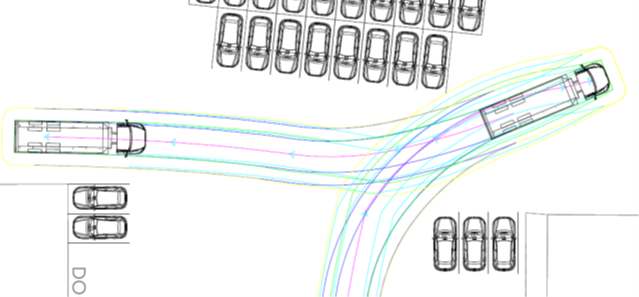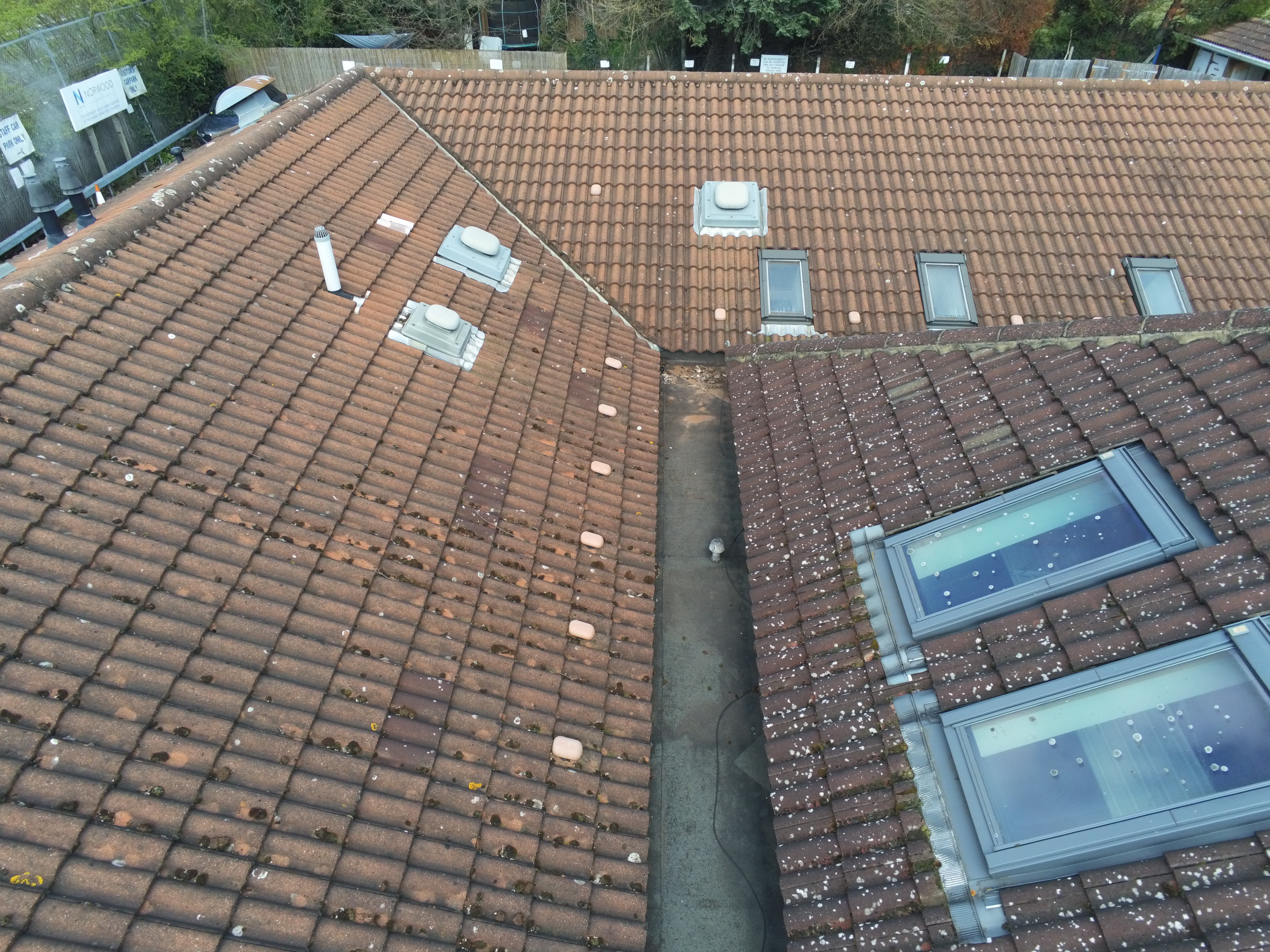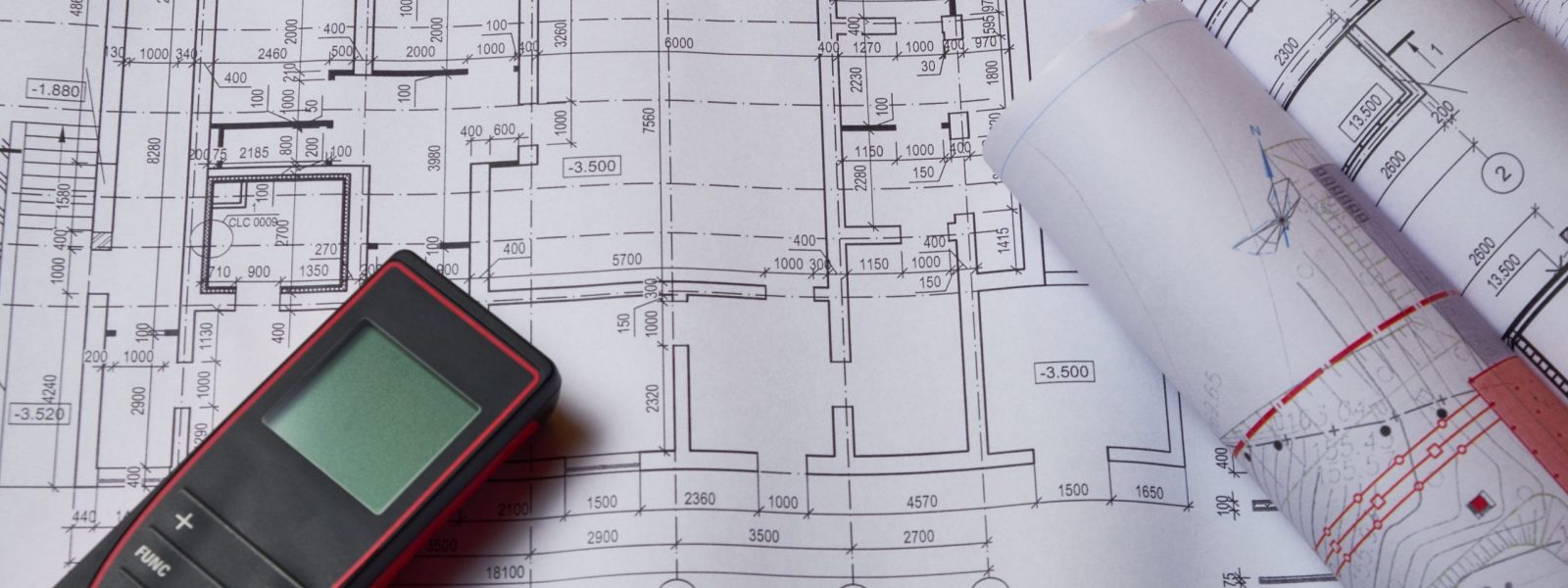Are you planning a construction project for your home or business and have been asked by the planning department for Swept Path Analysis? Local authorities often require a Swept Path, but many people are unsure of what it is, and what it means. That’s where APB Consultants can help.
We can offer this expert Swept Path Analysis service to make sure you comply with your local planning authority’s requirements.
What Is Meant By Swept Path Analysis?
Any kind of construction project or development that involves or encroaches onto a public road will affect how vehicles move around it. It stands to reason that ensuring a safe path for those vehicles, and indeed the pedestrians and cyclists using the area, during the duration of the works is imperative, and that is where Swept Path Analysis comes in.
Swept Path Analysis involves evaluating and calculating the space needed if a vehicle is going to make a turning manoeuvre. The path and movement of a vehicle’s different parts must be taken into account when the vehicle undertakes turning manoeuvres, working out the path that each wheel takes during a turn while calculating how much space the vehicle’s body will require.
The purpose of Swept Path Analysis is to ensure that vehicles will be able to manoeuvre through the route, whatever their type or size. For example, large vehicles like ambulances and fire engines must be able to be accommodated safely by the road layout without being obstructed.
What Is Swept Path Analysis Used For?
Swept Path Analysis will typically be needed to ensure that vehicles can safely access an area that is being worked on, and also that workers and pedestrians will be safe when bypassing the development. It is used for a number of purposes, including to:
- Ensure that residential developments can be safely accessed by both regular cars and emergency and service vehicles in order to meet the requirements of Highways Development Control.
- Maximise the land available for development.
- Set out paths for delivery and service vehicles in commercial or retail projects.
- Display accurate exit and entry paths from relocated or proposed parking spaces.
- Design new junctions and access to existing roads in order to ensure their visibility and safety for all users.
- Design parking spaces that can accommodate a large standard car.
- Ensure recycling and refuse collection vehicles will be able to access the area.
- Ensure that buses can be accommodated where necessary.
- Prevent vehicles from encroaching onto areas that are exclusively for cyclists or pedestrians.
Essentially, Swept Path Analysis provides a means of assessing the implications of turning a broad spectrum of different types of vehicles on a design layout without having to physical undertake the manoeuvres in person.
What Is Swept Path Analysis Needed For?
When planning applications are made for developments, local authorities sometimes demand evidence that the layout that has been planned will be capable of accommodating the movements of vehicles that are likely to use the development. This evidence comes in the form of a drawing that shows a Swept Path Analysis for vehicles overlaid onto the proposed layout of the site, demonstrating that vehicles will be able to efficiently and safely manoeuvre within the site’s layout.
All kinds of road projects require Swept Path analysis, however large or small the scheme. Although it’s clearly an essential component when designing a new junction or road, it sometimes comes as a surprise to those carrying out smaller projects that a Swept Path will be needed.
Essentially, if building work will encroach onto a road, planning permission will require a Swept Path. For example, if a scaffold needs to be assembled to complete a building project that will partly obstruct a road, the local authority will not be able to give permission for the work to be carried out unless a Swept Path is created to allow both large and small vehicles to pass through the area unimpeded.
Swept Path Analysis is the process that ensures even large trucks can get around the scaffolding without causing an obstruction or hazard.
What Kind Of Data Is Needed To Perform Swept Path Analysis?
If your construction project is in a residential area, it’s likely that you’re require specific data in order to ensure that emergency and refuse collection vehicles will be able to exit and access the road. You’ll also need to provide data that ensures the provision for parking will be both accessible and fit for purpose. Without this data, planning permission will probably be refused.
Will I Need It For My Project?
A number of new developments these days are repurposing old buildings or are located in tight spots in heavily-used roads or town centres.
With this in mind, it isn’t surprising that local councils want to have evidence that not only vehicles working on the site will be able to access it safely, but also other vehicles that use the roads in that area, especially those working for the emergency services and providing essential deliveries.
Providing this information to the planning department at as early a stage as possible will ensure that your project receives the planning permission that it needs to go ahead. However, Swept Path Analysis also offers another benefit – it will ensure that your design is maximised to build on the largest possible area while still ensuring that vehicles will be able to use the surrounding roads without any problems.
Seeking Professional Help
If you’ve been informed by the local planning authority that you need Swept Path Analysis for your project, there’s no cause for concern. Our skilled team here at APB Consultants are on hand to help.
We offer professional Swept Path Analysis services to suit your needs, so whether you’re working on a small-scale development or a residential construction project, you can be confident that we can provide you with the data that you need to obtain the planning permission you require to get your project the green light to go ahead.
Get in touch with us today to find out more.




 The Importance Of An Accurate GEA, NIA And GIA Report/>
The Importance Of An Accurate GEA, NIA And GIA Report/>